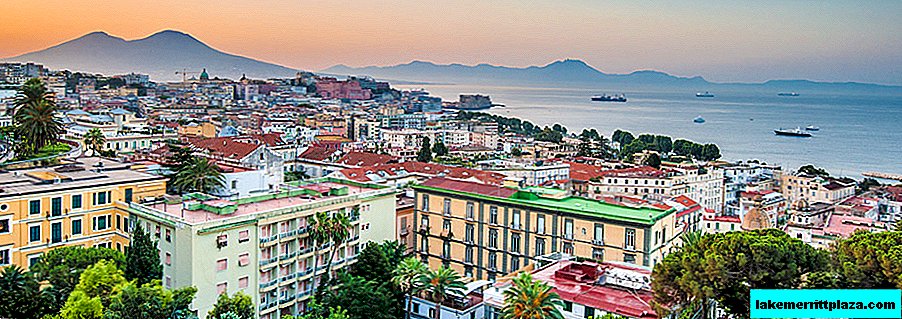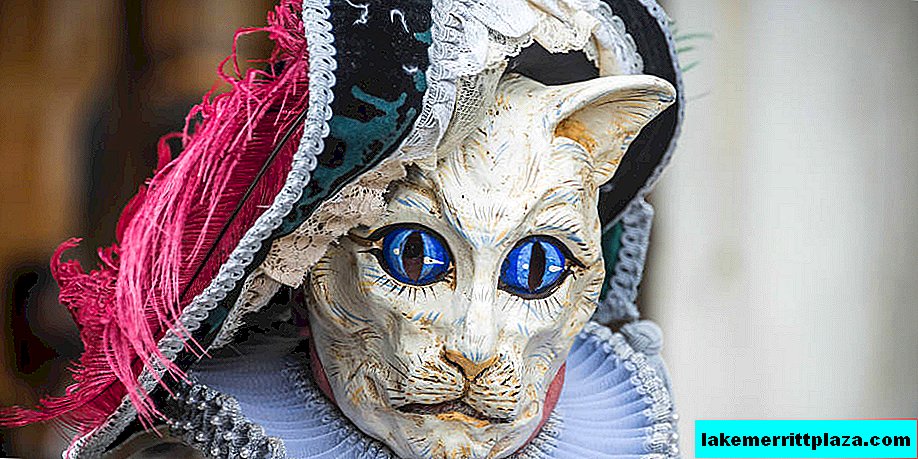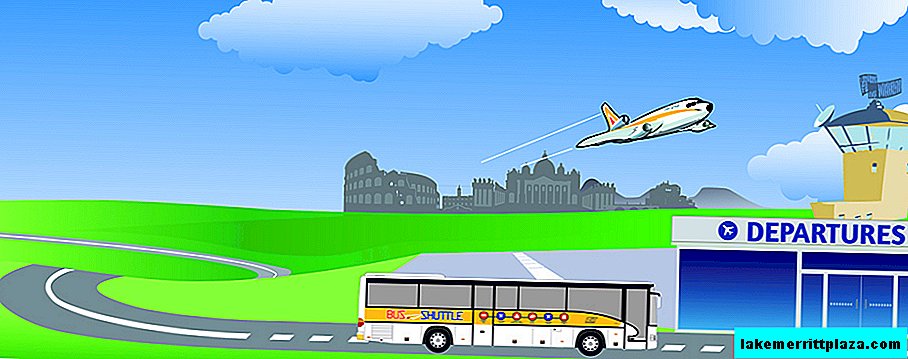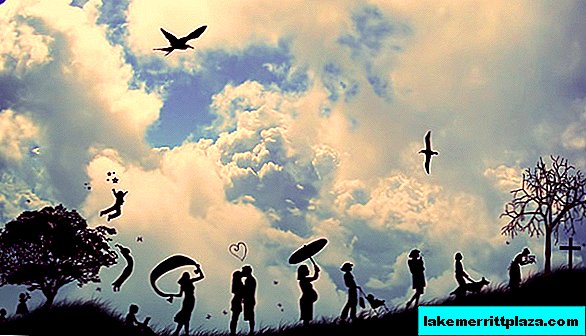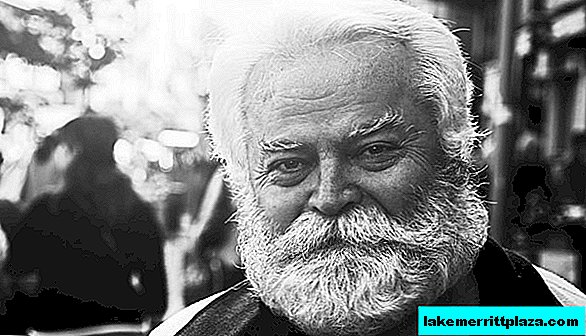The Museum of Rome in Trastevere from May 2 to 23 will host an exhibition of the most prestigious international photojournalism contest, World Press Photo. Among the winners of this year were three Italians
When an image shows objective reality, regardless of linguistic and cultural differences, it becomes documentary evidence. And this is exactly what happened with the photographs selected for the 57th World Press Photo exhibition, which will be held from May 2 to 23 at the Museum of Rome in Trastevere (Museo di Roma Trastevere).

Faces and landscapes, animals, sincere smiles and violence destroyed by the war of the city: our world is the main character in these photos. And the value of the photo becomes the higher, the better the author is able to show global life problems through a small piece of the displayed reality. Indeed, in journalistic photography, the most “catching” is understatement, the realization that somewhere outside the lens there was a whole world filled with joy, sorrow and life.

That is the depth filled with the photo that won this year. American photographer John Stanmeer shot it on Djibouti beach: in the frame, African immigrants with phones in their hands, like small luminous stars in the dark night, are trying to catch the telephone signal of neighboring Somalia in the faint hope of contacting relatives.

Among the 53 photos selected by the jury in various categories (sports news, general news, a chronicle of events, daily life, faces, nature, sports in action and close-up sports), there were also pictures of young Italians: Bruno D'Amicis (Bruno D 'Amicis), Alessandro Penso (Alessandro Penso) and Gianluca Panella (Gianluca Panella). “I talked about the complete lack of environmental policies in Tunisia after the Arab spring,” said Bruno D'Amicis, who immortalized the tragedy of the Fenech fox, which was put into a cage by a poor family from a village in the area of Kebili. "These foxes are caught and smuggled into Europe and Asia as pets. They are kept in disgusting conditions, unbearable by their appearance. Fortunately, the fox I photographed was able to escape."

The main characters in the work of Alessandro Penceau, even if they are not visible, were the Syrian refugees living in an abandoned school in Sofia. The photographer himself explains his idea: “I decided not to remove their pain. These panels, designed to mark the boundaries of an impromptu house, and the chair left to find the forgotten joy, all this expresses hope, the desire to start all over again.”

It took Zhanluka Panella 5 nights to shoot a report in Gaza. He showed a lack of light caused by problems at the power plant due to insufficient gas supplies from Egypt. "While politicians are at war, ordinary people suffer from a lack of basic services," the photographer was indignant, adding also that he tried to reflect in his photographs: "Light and human presence, to make it clear that Gaza is not a fantastic place, but a very vibrant city full of people".

In addition to the emotional depth and documentary value of the presented works, the numerical statistics of the World Press Photo 2014 exhibition are also impressive. The figures clearly prove the international importance of this award in the field of photojournalism: 98,671 photos from 5,754 photographers of 132 nationalities took part in the competition.
As mentioned earlier, in Rome, the exhibition will be held from May 2 to May 23 at the Rome Museum in Trastevere at Piazza di Sant'Egidio, 1. Opening hours: Tuesday-Sunday from 10.00 to 20.00, Monday is a day off. Ticket offices stop working an hour before closing time. Admission: 7.50 € full, 6.50 € preferential.
World Press Photo Award official website: www.worldpressphoto.org/awards/2014

